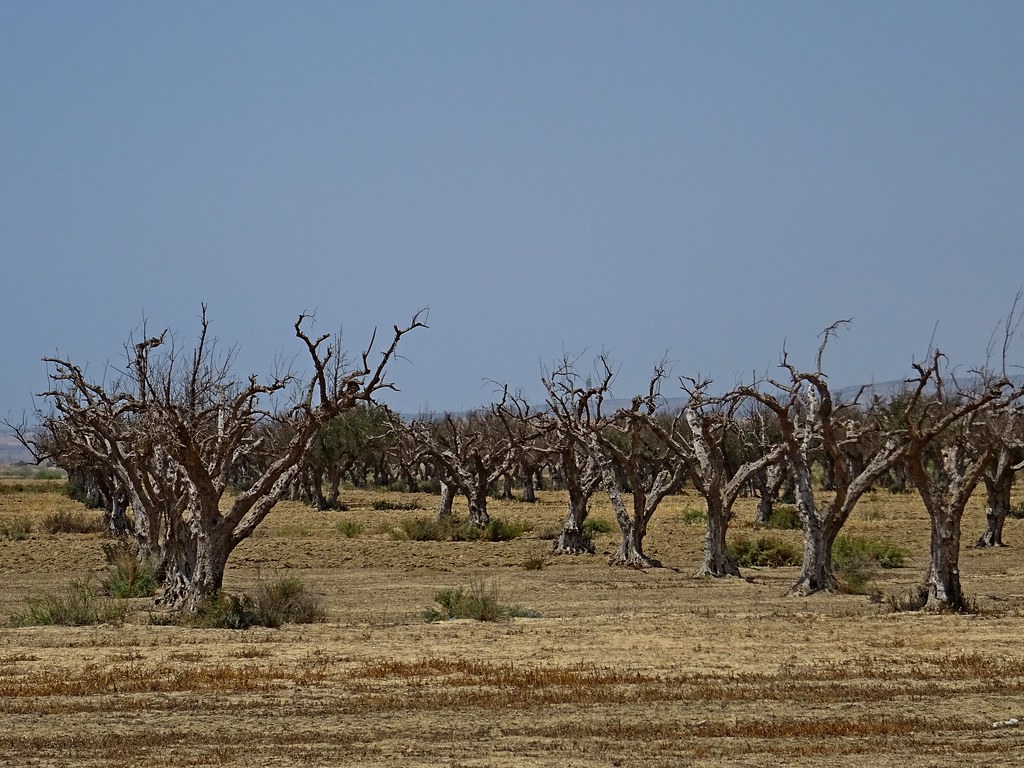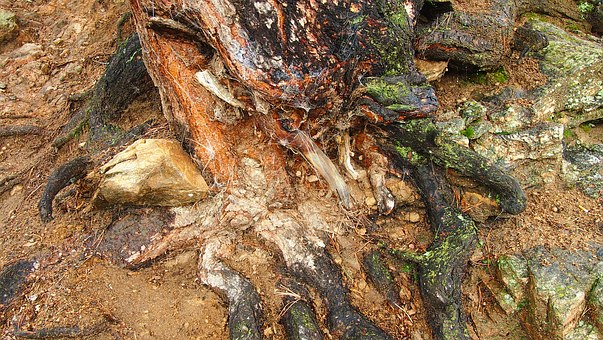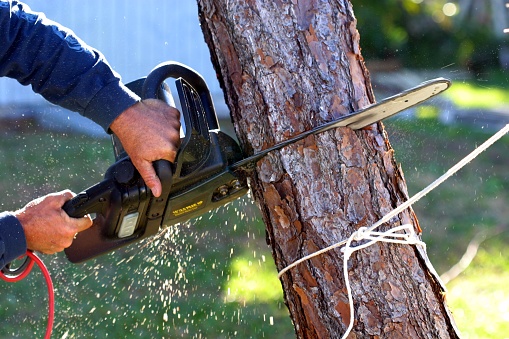Identifying if a tree is dead or alive can be confusing — especially in the winter when the limbs look like they are dead, but the roots are strong. Then, how to tell if a tree is dead? Can we save them? What to do about it ?
There are good reasons why some people want to save dying or sick trees. Rewarding care and protection can help revive the tree. But dead? As in, decomposing? Can you bring a tree back from the dead? No. In these cases, you must move on to new life, because time is of the essence.
it’s the last week of tree planting season and people are on their way to plant trees. Have you ever wondered if the tree was dead on the inside? If so, this article will tell you how to tell if the tree is alive.
How to Identify Dead Trees

If a tree is turning yellow, be aware that it might be an indication that something is not right with the tree, and if so, take remedy.
The tree may have a disease such as verticillium wilt, or, the tree may be dying due to frost damage.
Another possible explanation is that the tree might have insufficient water or chemical nutrients, which could lead to yellowing.
The tree may also have a lack of sunlight.
Take the appropriate measures to remedy the dying tree.
It’s vital to know the difference between sick and declining trees. Usually, trees that are sick can be saved—but a tree that has died is only dangerous and needs to be removed.
Dying Tree Symptomps
1. There are large cracks developing in the bark.
2. The bark is really flaky and bits of it fall off easily.
3. The leaves will be yellow and fall off easily.
Why are Dead Trees is Problem?

Aside from it being unattractive, a dead tree can be a danger to not only humans but also to the surrounding natural environment. So let’s walk through why it is dangerous to ignore one.
1. Dead branches falling
A dead tree means broken branches. Broken branches mean weak branches that randomly fall. Branches can range in size (picture a sturdy rubber band next to a thinner one) and if a large branch snaps off, it could potentially cause harm to anyone standing beneath it.
Dying trees are much weaker than healthy ones, so they fall over more easily. As with any potential disaster (like when your plane might crash), you can’t predict an exact time a tree will fall, but the inevitable is imminent.
2. Provide homes for pests like mosquitoes
Along with dead trees attracting insects, rats and organisms like termites will want to take over your nice clean home. A number of bugs will congregate in or on the dead tree, making it unsightly.
They multiply pretty quickly, and if you don’t get rid of them, they will eventually make their way into your living space and spoil your prized belongings.
3. It Causes Fire Hazard
The dead trees are an extreme fire danger because evergreen trees give off lots of resins and flammable chemicals — such as sap, bark, and wood.
When combined with dry branches and hot weather due to wildfires earlier in the year, these dangerous chemicals make the range all the more combustible.
If you have dead or dying trees on your property, regardless of the cause, they need to be cleaned out for fire prevention. Unless it’s due to attacks from bark beetles, an entire tree can be removed before it dies. This will prevent further infestation.
4. Impact Other Trees
If a tree is invested in disease, it could spread that disease to all the trees and plants in your yard. And as a result, your entire landscape would be harmed by that one single tree.
If a disease kills that tree, the rest of your landscape could die, too. Tree disease spreads fast and is hard to treat. Because of this, if one tree in your yard gets mildew or mold, it could easily spread to all the others — potentially destroying your entire landscaping plan with just one dead tree!
5. It’s Not Pretty
You definitely do not want dead trees in your yard. A yard without leaves or with branches and bark falling off is unattractive. It accomplishes the same thing, only more tersely:
Obviously, dead trees are pretty ugly. They look as bad as a yard without leaves or branches falling off a tree. No one wants that on their property.
How to Remove Dead Trees?

Removing a tree is a big decision. To do it you’ll need the proper information, equipment, friends and lots of time. Dead or dying trees must be removed to promote safety, health and maintain cleanliness.
In other instances, live trees should also be removed when they interfere with house wiring and sets of power lines and other plants. Consider this: it takes years to grow a tree but often decades (if not centuries) to replace one once it’s gone..
Here the steps for removing dead trees:
1. The first step is to make sure that the tree is dead. This can be done by cutting the branch you want to remove, and wait for it to fall off.
2. If the tree is not dead, removing the branch will kill it.
3. Carefully cut the branch to fall down where you want it to land. Make sure there are no people or animals underneath when doing this! (Make sure you can’t hurt anyone and do not do anything illegal.)
More tips: Halalan.id
How to Save Trees From Dying

The average tree has the potential to live a long, healthy life. However, environmental stresses, adverse weather conditions, insects, disease and other facts can cause trees to become sick. If action is not taken when a tree is unhealthy it can die .
In order to prevent your trees from drying out, you should consider planting them in a well-irrigated area. These considerations are necessary for the well-being of the trees, which can cause other problems that start from a dry soil. On the other hand, keep mulch away from the trees. Mulch or leaves will help keep your soil moist, but they can cause extensive damage to a tree.
Here the steps for save your trees from dying:
1. Make sure you water your trees regularly. (Hint: once a month)
2. Check for pests, and solve them manually if you can — weeds need removing, pests need squashing.
3. Maintain the dirt around your tree. This will help to keep moisture in the ground, and it’ll also make your tree look more attractive.
4. Make sure the land is protected from pollution and runoff.
5. Remove dead leaves and debris from the top of the soil.
6. Mulch soil around trees to help retain moisture and act as a fire barrier
7. Apply plant food to promote growth
Your trees and plants depend on you to take care of it. They need you to water them, trim the dead branches, and know when they are dying. By taking care of your trees and plants, it’s easier to save them if they are sick.